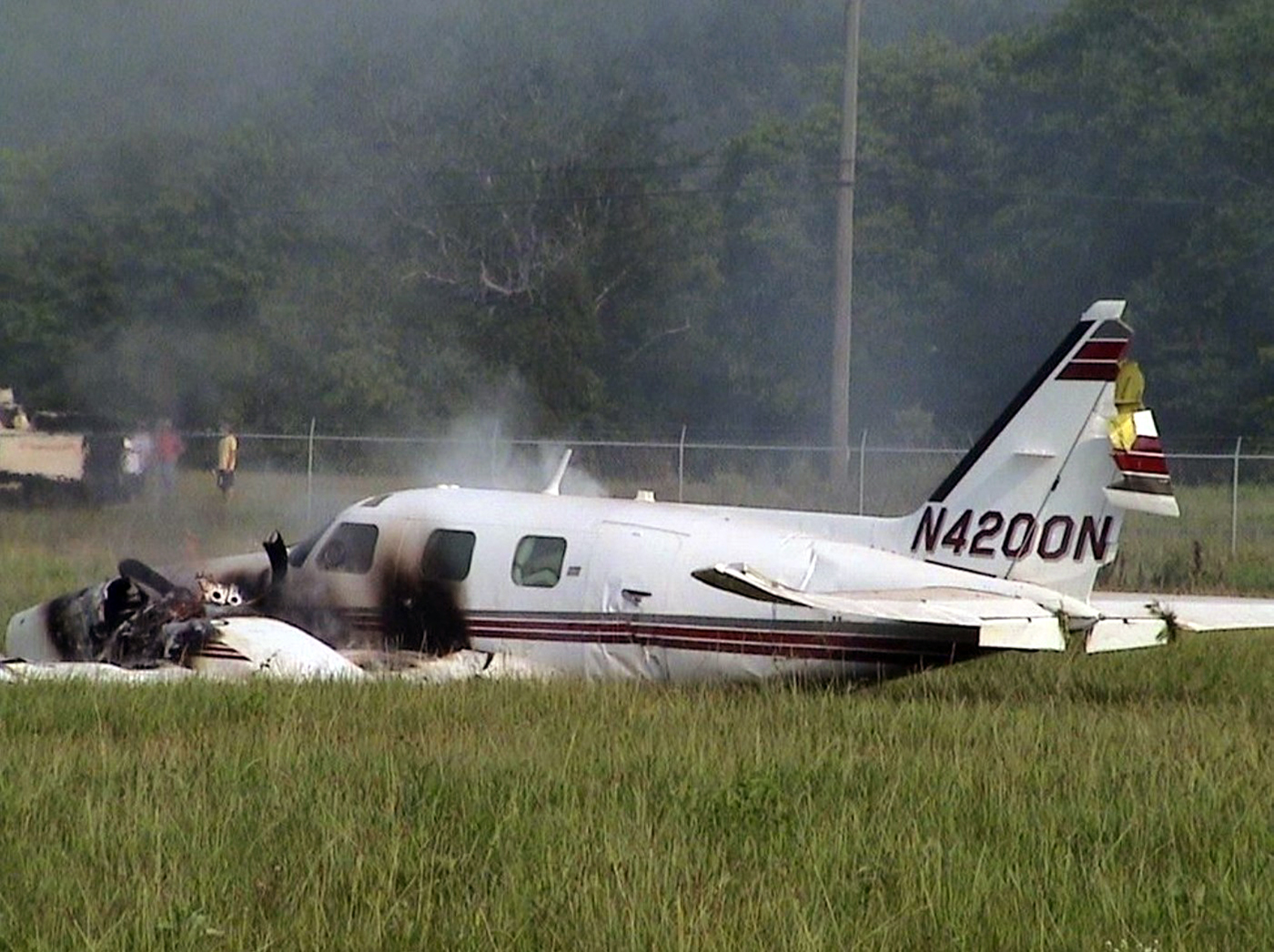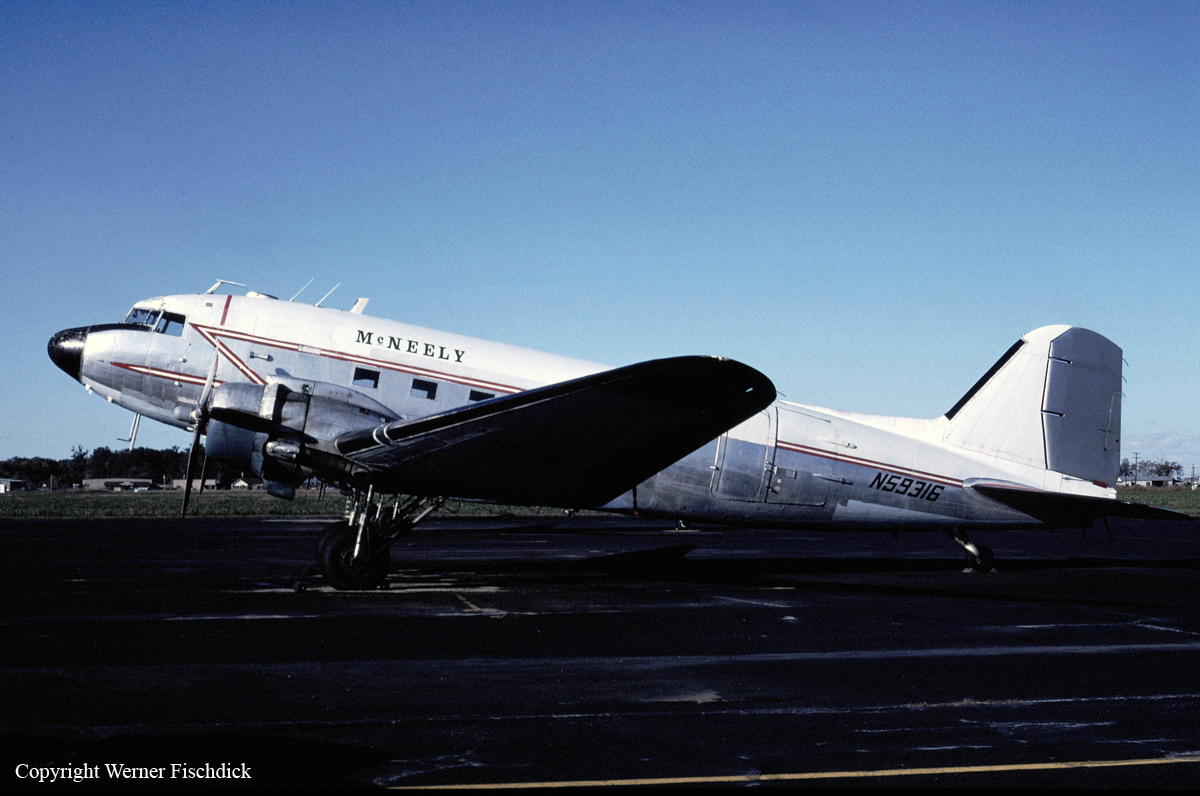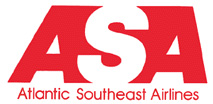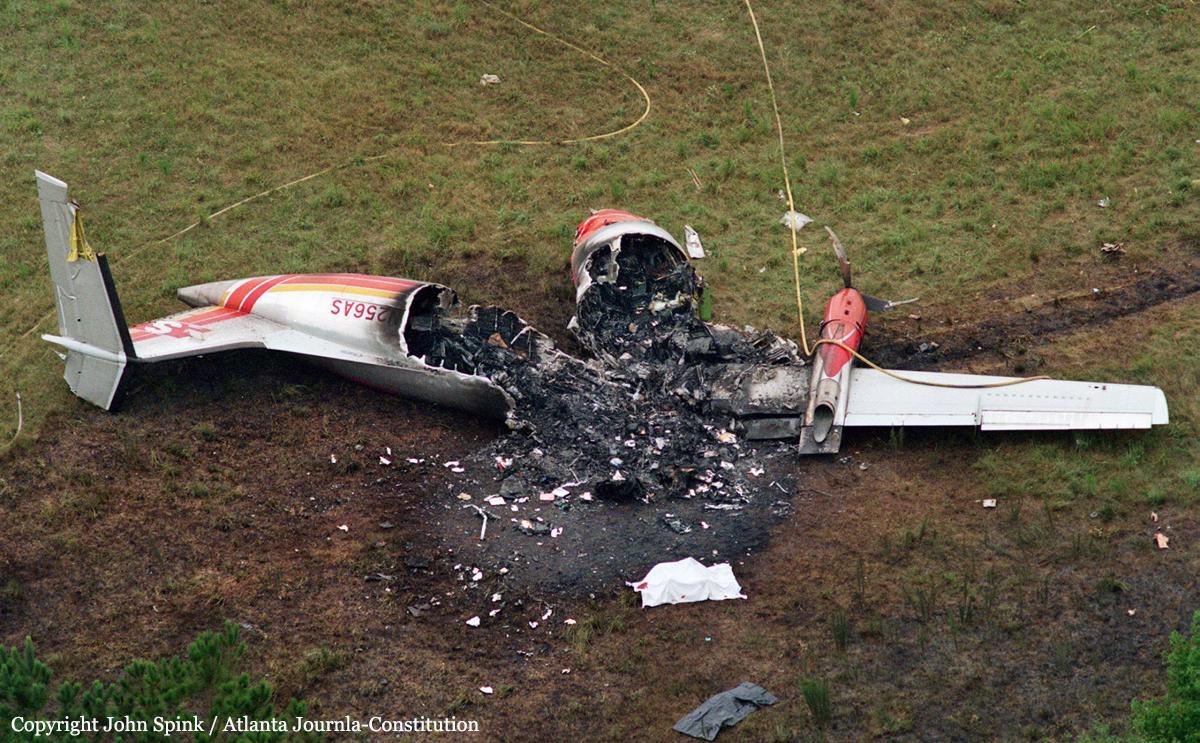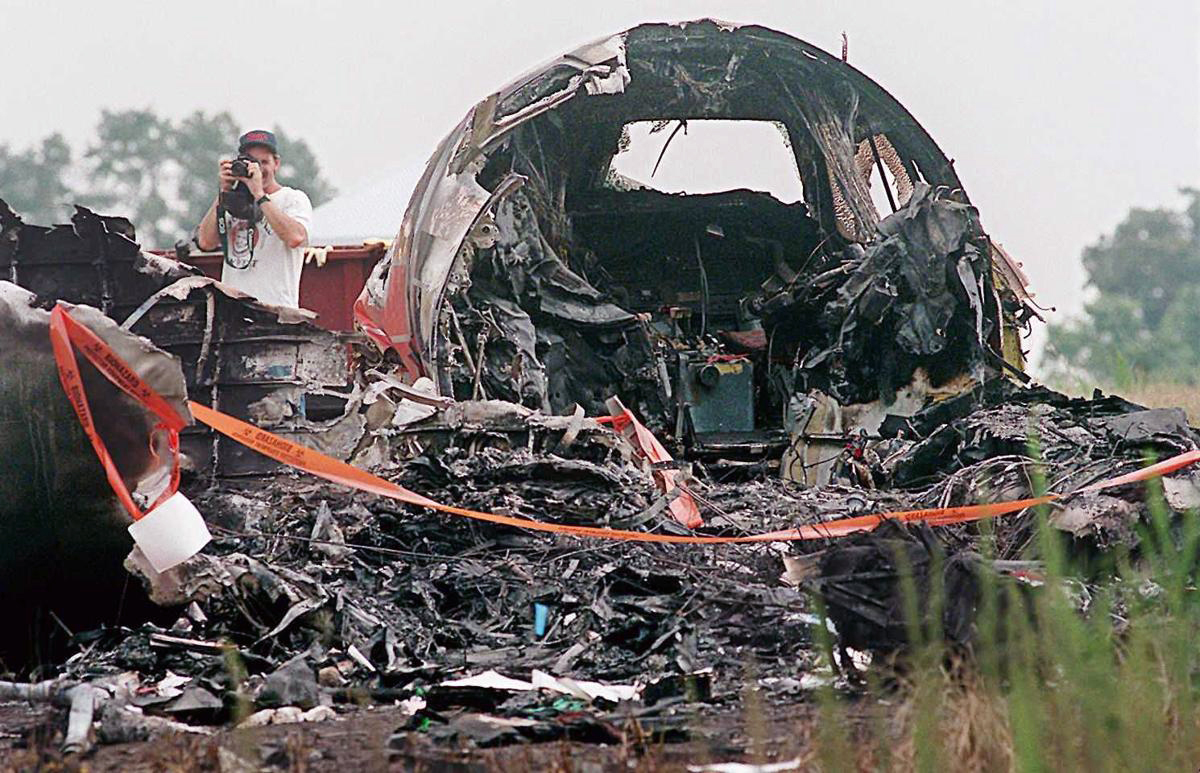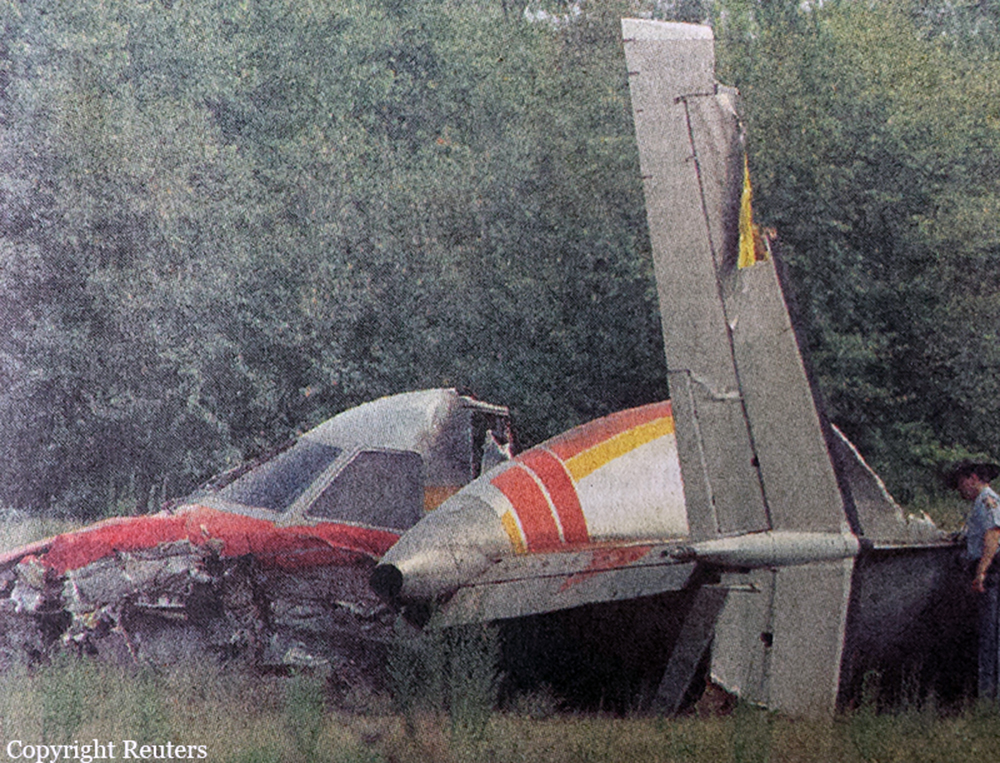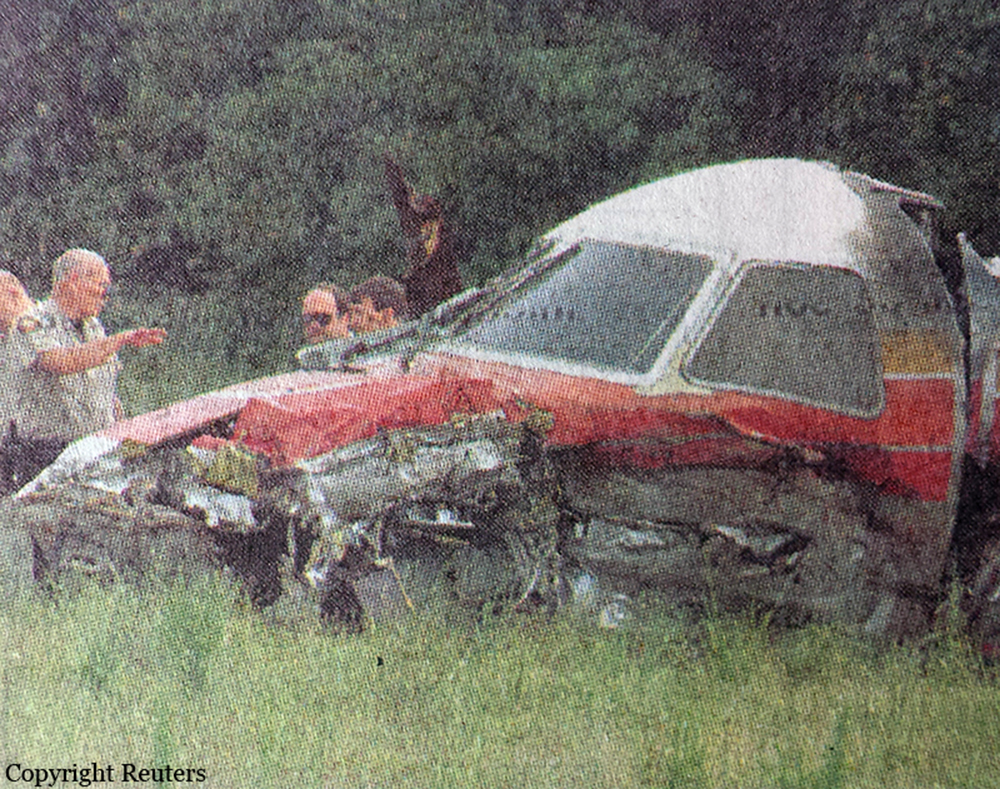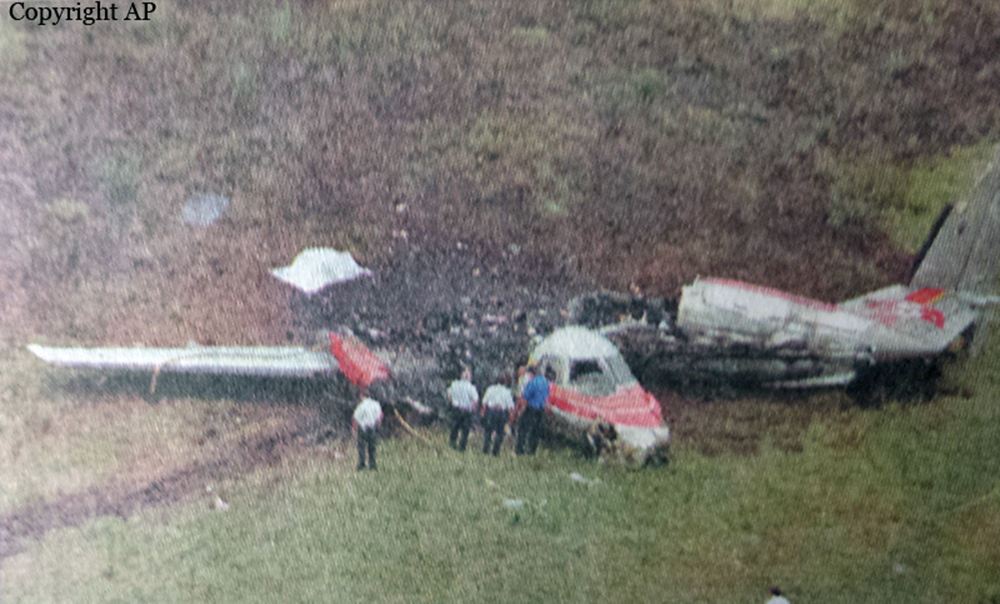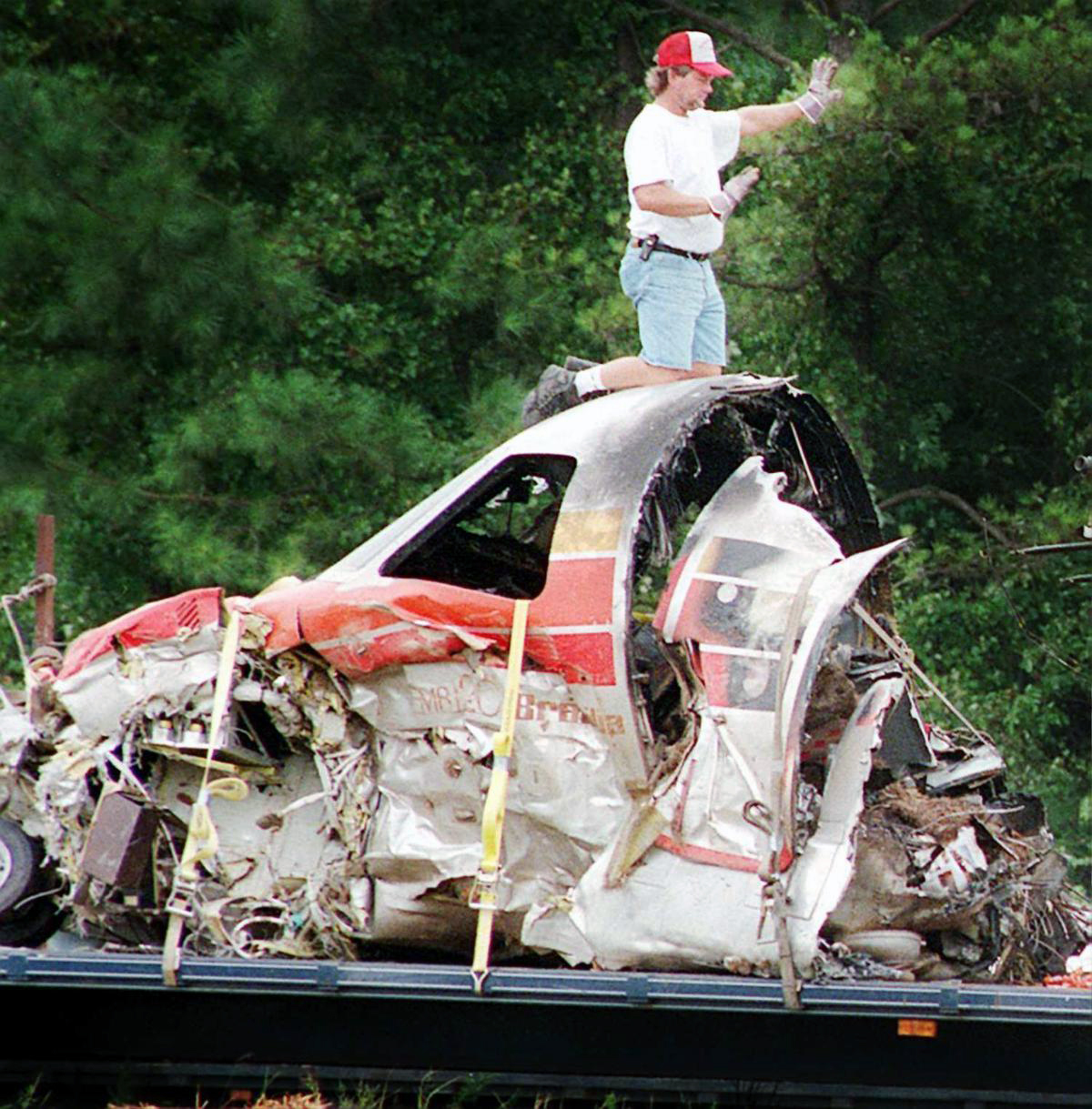Crash of a Piper PA-31P Pressurized Navajo in Fort Payne
Date & Time:
Jun 30, 2005 at 0816 LT
Registration:
N4200N
Survivors:
Yes
Schedule:
Fort Payne – Gulfport
MSN:
31P-7530006
YOM:
1975
Crew on board:
1
Crew fatalities:
Pax on board:
1
Pax fatalities:
Other fatalities:
Total fatalities:
0
Captain / Total hours on type:
79.00
Aircraft flight hours:
4022
Circumstances:
Shortly after liftoff, about 20 feet above the ground, the pilot noticed a drop in the right engine manifold pressure. As the airplane began a right roll, efforts by the pilot to arrest the roll failed. When the pilot decided to put the airplane back on the ground, the right wing collided with the ground, the airplane cart wheeled and came to rest on its belly and burst into flames. Examination of the wreckage site revealed the aircraft located approximately 200 feet on the northwest side of the runway 22 centerline. The left fuel tank was ruptured and the left side of the airplane was fire damaged. Both occupants were slightly injured and the aircraft was damaged beyond repair.
Probable cause:
The loss of engine power due to the failure of the aft clamp connecting the turbocharger compressor outlet to the intercooler ducting which resulted in reduced aircraft performance during takeoff.
Final Report:
